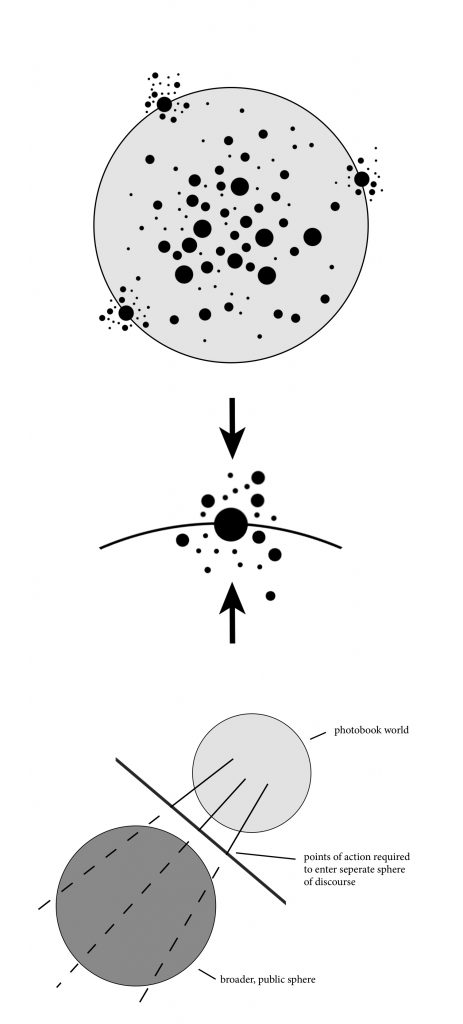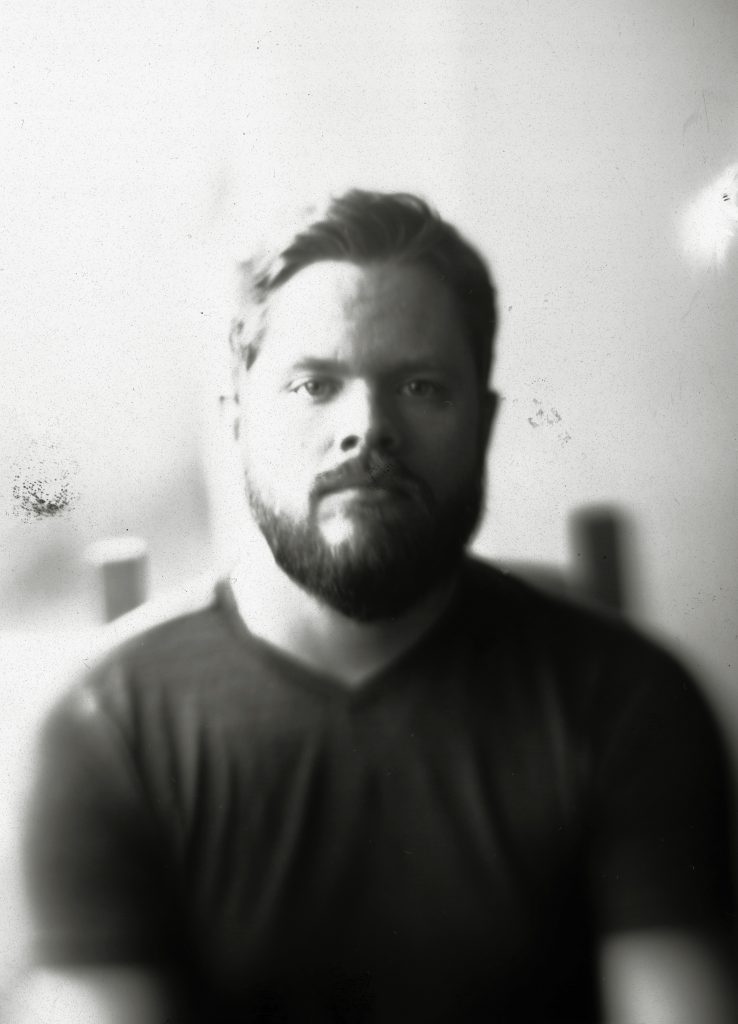
Since launching locally in 2009, and internationally in 2010, The Photobook Club has sought to promote and enable discussion of the photobook: with exhibitions, traveling boxes of books, online readings and a global community of Photobook Clubs. Now, more than a decade from the inception of the project, and with the support of a considerable body of research emerging from the initiative, a refocusing of the Photobook Club’s remit is presented. With a desire to create a sustainable future for the photobook, in which the form reaches beyond small, sophisticated audiences, and in which intent, reception and impact are seen as equals to production, it is asked…
What does a reading economy for the photobook look like?

A reading economy is one in which the photobook maker is acutely aware of the need to activate the social life of the book and to form, locate or bring together a public for the work’s reception. It encourages a new discourse of reception, and a critique of the interplay between intent and impact. In short, a reading economy for the photobook positions the reader as equal to the maker.
The term, ‘reading economy’ (Stadler, 2018) is found in Matthew Stadler’s writing on Reading, economies and publics. While the manner it is used here is augmented, his clarity of notion has been hugely influential.
Seeking to make the photobook a more accessible medium.

The photobook is a longstanding medium that has experienced a moment of significant ascension over the past several decades. Competitions, festivals, gallery exhibitions, websites and even museums have launched dedicated ‘photobook’ events. Connected, we are also part of a trans-national community of individuals who are helping shape the contemporary photobook — seeing more books, techniques and reviews than ever before.
With this, comes a tangible increase in the sophistication of books made, as well as the way we speak about them. And, as we develop more and more esoteric publications and language which occupy a photobook world, there is a danger that the ability for a bound body of photographic work to speak through two mediums of universal understanding, is limited.
Foregrounding the construction of meaning by readers, as well as makers.

It’s understood amongst image makers and those producing photobooks that the reader plays a substantial role in constructing meaning from the page. Similarly, it is known that the photobook provides a wonderful space for the sharing of photographic work — able to engage with the hand, eye and mind, and offering a fixed object for potential conversation. It is however the case that the role of the reader — and perhaps more importantly who that reader is — can be frequently overlooked. Makers seeking to engage with the long tail of the reader’s experience, and helping to connect readers with the content and container of their photobooks can help contribute to a reading economy.

Challenging a discourse of production and celebration.

Part of establishing a reading economy is in challenging an established discourse of production and celebration. This discourse (current and predominant) is one that often emphasises physical, visual and conceptual construction of work. While this is a great asset to makers and those embedded in the photobook world, it can perpetuate a sophisticated and exclusive environment. Challenging reviews, self-promotion and awards to reflect on the reader, the audience and the purpose of the work are all practical first steps. In this way, we might start to see what works seeks to do beyond being a good photobook — a new term for a longstanding medium.

The Photobook Club is the product of numerous conversations and a whole community of photobook readers. It is increasingly difficult to coral and focus (one of its great characteristics) but for the last 10 years or so, I have been trying.
Matt Johnston (my website can be found here)
Image: Tia Bryant and her awesome camera